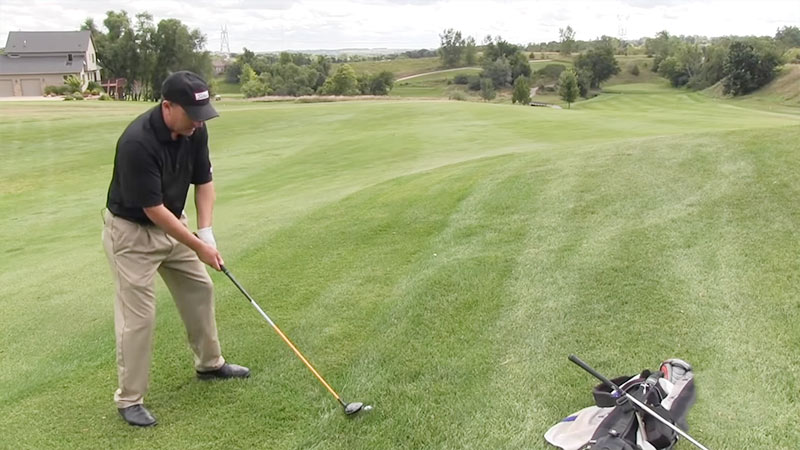When it comes to golf clubs, understanding the jargon is essential. You may have come across terms like “4-PW” in discussions about golf equipment. What does this mean, and how does it impact your game?
In this blog post, we’ll decode the meaning of “4-PW” in golf clubs and shed light on its significance for golfers of all levels.
Golf club numbering and selection can be a bit perplexing, but it’s a critical aspect of optimizing your performance on the course.
We’ll delve into the specifics of these clubs, explaining why you’d find a 4-iron alongside a pitching wedge, and how these clubs play unique roles in your game.
Whether you’re a seasoned golfer or new to the sport, this post will provide valuable insights into the world of golf club terminology.
What Does 4 Pw Mean in Golf Clubs?
In the context of golf clubs, “4 PW” typically refers to a set of golf irons. The number “4” and “PW” represent different irons within the set. Here’s what each part of this notation means:
Number
The number (in this case, “4”) represents the specific iron in the set. Golf iron sets typically include a range of irons, often numbered from 3 to 9.
Higher numbers represent irons with a higher loft angle and shorter distance but greater accuracy. The “4” iron in the set is generally known for being a mid-iron.
PW
“PW” stands for Pitching Wedge. The pitching wedge is one of the shorter and lofted irons in a golf club set. It’s designed for shorter shots and is often used for approach shots onto the green.
So, when you see “4 PW” in a golf club set, it means you have a set of irons that includes a 4-iron (typically used for longer approach shots) and a pitching wedge (used for shorter, high-lofted shots around the green).
The rest of the set would include other irons with varying loft angles and distances to cover different situations on the golf course.
Understanding Golf Club Numbering
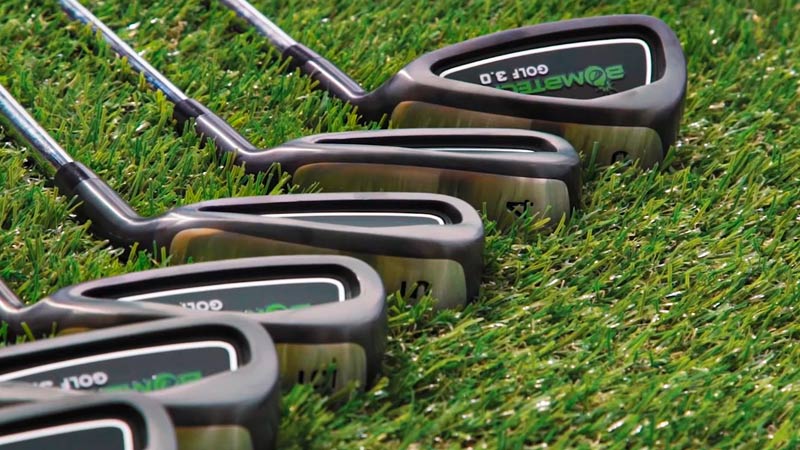
Understanding golf club numbering is essential for golfers to select the right club for various shots on the course. Golf clubs are numbered to indicate their relative loft angles and the distances they are designed to cover.
Here’s a basic explanation of golf club numbering:
Woods and Hybrids
- Driver (1-Wood): The driver is the longest club in the bag and is used for tee shots. It has the least amount of loft and is designed for maximum distance.
- 3-Wood and 5-Wood: These clubs have slightly more loft than the driver and are used for hitting off the fairway or for tee shots on shorter holes. The 3-wood has less loft than the 5-wood and typically covers more distance.
Irons
Irons are numbered from 3 to 9, with 3-iron having the least loft and the longest shaft and 9-iron having the most loft and a shorter shaft.
- 3-Iron: It has a low loft and is designed for long-distance shots from the fairway.
- 4-Iron: Slightly more lofted than the 3-iron, it’s used for mid-range shots.
- 5-Iron, 6-Iron, 7-Iron: These clubs have progressively more loft and are used for shots of varying distances.
- 8-Iron and 9-Iron: These are high-lofted irons, designed for short approach shots onto the green. The 9-iron has more loft than the 8-iron.
Wedges
Wedges are often numbered separately and include the pitching wedge (PW), gap wedge (GW), sand wedge (SW), and lob wedge (LW).
- Pitching Wedge (PW): Used for short approach shots and pitching the ball onto the green.
- Gap Wedge (GW): Sometimes called an approach wedge, it fills the gap in distance between the pitching wedge and the sand wedge.
- Sand Wedge (SW): Designed for shots out of sand bunkers and other challenging lies.
- Lob Wedge (LW): Has the highest loft and is used for high, short shots over obstacles.
It’s important to note that club numbering can vary slightly between manufacturers, and some golfers may also carry additional specialty clubs like utility clubs or driving irons.
Understanding the numbers and lofts of your golf clubs helps you choose the right club for different shots and distances on the course, ultimately improving your golf game.
The 4-Pw Golf Meaning Explained
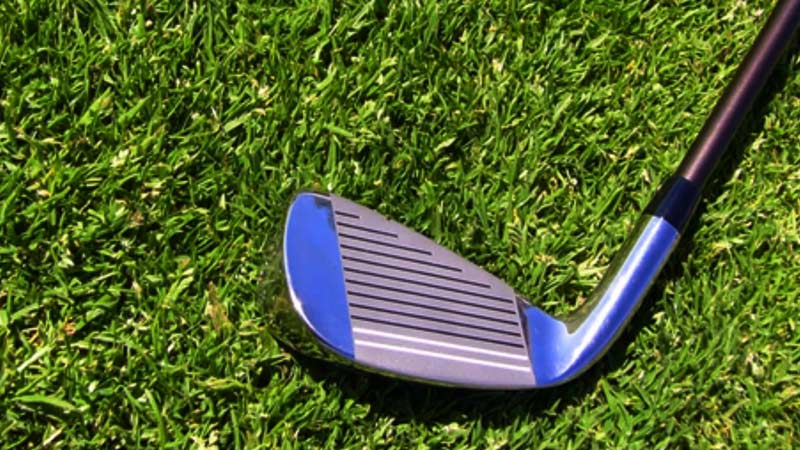
When you see the notation “4-PW” in the context of golf clubs, it refers to a subset of clubs within a golfer’s iron set. Each of these clubs has a specific number and purpose:
4-Iron
The “4” in “4-PW” refers to the 4-iron. The 4-iron is one of the clubs in a set of irons and has a relatively low loft compared to other irons.
It is designed for longer-distance shots, typically for approach shots from the fairway or for tee shots on longer par-3 holes. The 4-iron requires a golfer to produce a relatively low ball flight.
PW (Pitching Wedge)
The “PW” in “4-PW” stands for the pitching wedge. The pitching wedge is one of the shorter and more lofted irons in a set.
It is used for shorter approach shots and for hitting the ball high and with precision, often when you’re near or on the green.
So, when you have a set of golf clubs labeled 4 PW golf, it means you have a set of irons that includes the 4-iron for longer-distance shots and the pitching wedge (PW) for shorter, high-lofted shots closer to the green.
In between the 4-iron and the pitching wedge, there may be other irons (such as 5-iron, 6-iron, etc.) with varying degrees of loft and designed for different distances and shot types.
The combination of these irons in a golfer’s bag allows for versatility in handling different situations on the golf course.
4-pw vs 5-pw
The difference between a “4-PW” and “5-PW” golf club setup lies in the specific irons included in each set. Let’s break down the distinctions:
4-PW
A “4-PW” setup typically includes the 4-iron through the pitching wedge (PW). This means you have five irons, starting with the 4-iron and going up to the pitching wedge.
The 4-iron is designed for longer-distance shots, offering less loft and typically covering more distance. It’s often used for approach shots from the fairway or for tee shots on longer holes.
The pitching wedge (PW) is one of the shorter and more lofted irons, used for shorter approach shots and shots around the green.
5-PW
A “5-PW” setup includes the 5-iron through the pitching wedge (PW), meaning you have four irons in this case.
The 5-iron is also designed for longer-distance shots but has slightly more loft than the 4-iron. It’s used for mid-range approach shots and is often considered more forgiving for golfers who may find the 4-iron difficult to hit effectively.
The main difference is that in the “4-PW” setup, you have the 4-iron, which is a lower-lofted club for longer distances, while in the “5-PW” setup, you start with the 5-iron, which offers a bit more loft and is generally easier to hit for many golfers compared to the 4-iron.
The rest of the clubs in the set, including the pitching wedge (PW), are the same.
The choice between “4-PW” and “5-PW” depends on your skill level, swing speed, and how comfortable you are hitting the lower-lofted 4-iron.
Some golfers prefer the added forgiveness of the 5-iron, while more skilled players might choose the 4-iron for specific shot requirements.
It’s essential to select a set that suits your game and allows you to handle various situations on the golf course effectively.
Factors to Consider While Selecting the Right Clubs
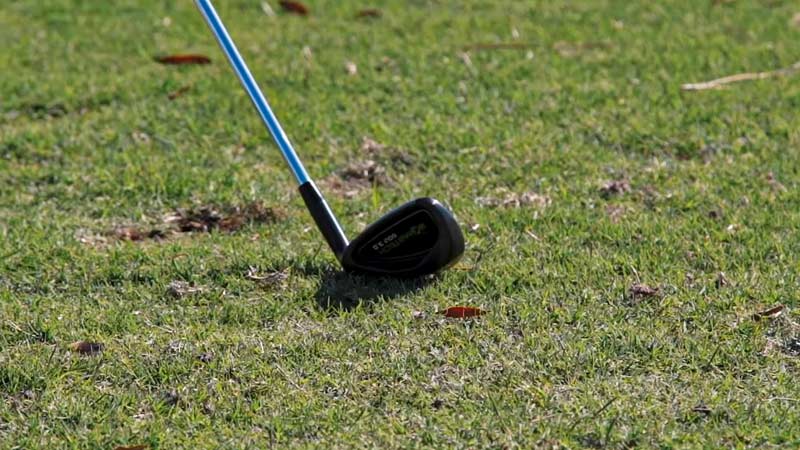
Selecting the right golf clubs is crucial for improving your game and maximizing your performance on the golf course. Several factors should be taken into account when choosing clubs:
Skill Level
Your skill level is a significant factor in club selection. Novice golfers may benefit from more forgiving clubs, while experienced players might require clubs that offer greater control and precision.
Budget
Golf clubs can vary widely in price. Determine your budget beforehand to help narrow down your choices. Keep in mind that investing in quality clubs can make a difference in your game.
Club Type
Consider the types of clubs you need. A typical set includes woods (driver and fairway woods), irons, wedges, and a putter. Additionally, some players opt for hybrid clubs, which combine the characteristics of both irons and woods.
Club Material
Clubs can be made of various materials, such as steel, graphite, or a combination of both. Steel shafts are typically heavier and offer more control, while graphite shafts are lighter and can provide more distance.
Club Length and Lie Angle
It’s essential that your clubs are fitted to your body. Ensure that the club length and lie angle match your height, arm length, and swing posture to promote better ball striking.
Clubhead Design
Clubhead design affects the club’s forgiveness and playability. Cavity-back irons, for example, are more forgiving, while muscle-back irons offer more control.
Woods and drivers come in various head sizes, which can influence forgiveness and playability.
Shaft Flex
Choose the appropriate shaft flex based on your swing speed. Slower swingers typically benefit from more flexible shafts (e.g., regular or senior flex), while faster swingers may prefer stiffer shafts (e.g., stiff or extra stiff).
Grip Size
The size of the grip can affect your ability to control the club. Choose a grip size that feels comfortable and suits your hand size.
Brand and Model
Various golf club manufacturers produce high-quality equipment. Try out different brands and models to find the ones that match your preferences and play style.
Remember that the right clubs for one golfer might not be the best for another. Take the time to explore your options and make a well-informed decision based on your individual needs and preferences.
Tips for Using 4-PW Clubs Effectively
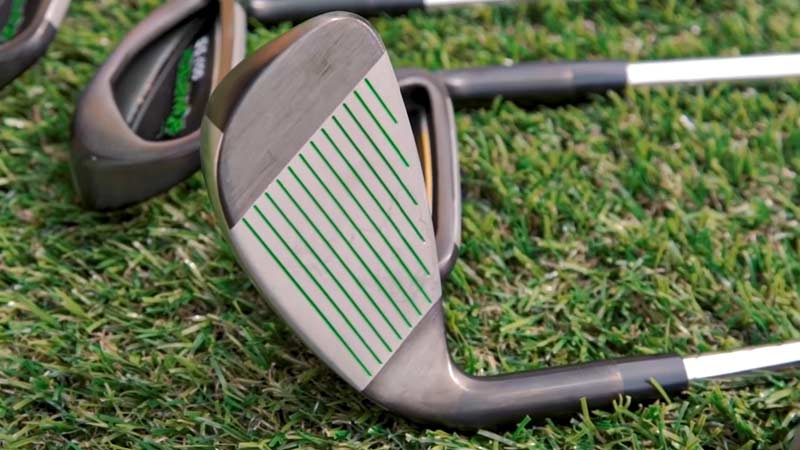
Using a 4-PW set of irons effectively requires a good understanding of the strengths and limitations of each club and the ability to adapt your game to suit each club’s characteristics. Here are some tips to help you use your 4-PW clubs effectively:
Understand Club Characteristics
Recognize that the 4-iron is a lower-lofted club designed for longer-distance shots, while the PW (Pitching Wedge) is a higher-lofted club used for shorter approach shots.
Learn the specific yardages you can achieve with each club. Spend time on the practice range to establish these distances.
Master the Basics
Ensure you have a consistent and repeatable swing. A consistent swing is crucial when using the 4-iron, as it requires more precision.
Work on your ball striking and accuracy with these clubs. The 4-iron, in particular, demands solid ball contact.
Play to Your Strengths
Use the 4-iron when you have longer shots on par-4s and par-5s. It’s ideal for hitting tee shots on longer par-3s.
Take advantage of the PW for approach shots on shorter par-4s, and par-5s, and for hitting high, soft shots onto the green.
Course Management
Plan your shots based on the hole layout and hazards. Don’t hesitate to lay up with a shorter club if it provides a safer and more accurate shot.
Use the PW when you’re close to the green and need to navigate bunkers or tricky lies.
Control Trajectory
Work on controlling the trajectory of your shots. The 4-iron can be used for lower, penetrating shots to combat windy conditions, while the PW can be used for high, soft shots to stop the ball quickly on the green.
Gapping Analysis
Pay attention to the yardage gaps between your clubs. Make sure there is a smooth transition from the 4-iron to the PW and other clubs in your bag. Adjust your club selection to bridge these gaps effectively.
Practice Short Game
Spend time practicing your short game with the PW. This club is invaluable for chipping, pitching, and bunker shots around the green.
Course Conditions
Adjust your club choice based on course conditions. If the course is wet and soft, you may need more distance, making the 4-iron a better choice. On dry, fast courses, the PW’s accuracy can be an advantage.
Professional Fitting
Consider getting a professional club fitting to ensure your clubs are well-suited to your swing. This can help optimize your performance with your 4-PW set.
Course Strategy
Develop a strategic approach to each hole. Decide which clubs will best serve your approach shots based on the course layout and pin placement.
Using 4-PW clubs effectively requires practice, strategy, and a good understanding of your own game.
By honing your skills with these clubs and making thoughtful club choices, you can navigate the course more effectively and improve your overall performance.
FAQs
What does the “4-PW” designation mean on golf clubs?
The “4-PW” designation on golf clubs refers to the range of irons included in a golfer’s set. The numbers represent the specific irons, where “4” signifies the 4-iron and “PW” stands for the pitching wedge.
How do I decide if a 4-PW golf club set is right for me?
The decision to carry a 4-PW golf club set depends on your skill level, playing style, and specific needs.
It’s important to assess your game and consider factors like your swing speed, ball-striking ability, and the courses you play on.
What’s the advantage of using a pitching wedge (PW) compared to a sand wedge or lob wedge?
The pitching wedge (PW) is designed to provide more controlled, lower trajectory shots with less loft compared to a sand wedge or lob wedge.
It’s typically used for approach shots from the fairway or rough when you want the ball to land and roll out.
What does the 4-pw iron set mean?
A 4-pw meaning is a set that includes golf clubs ranging from the 4-iron to the pitching wedge (PW), typically used for different distances on the course.
What Does the 5-pw iron set mean?
A 5-PW iron set includes golf clubs from the 5-iron to the pitching wedge (PW), designed for various distances and versatility in golf gameplay.
Wrapping Up
In the world of golf, knowing your clubs is as vital as knowing your swing. “4-PW” isn’t just a numerical sequence; it represents a toolkit for success on the course.
Understanding the purpose and characteristics of each club, from the long-distance 4-iron to the versatile pitching wedge, can be a game-changer. By decoding the nuances of these clubs, golfers can make more informed choices and strategic plays.
Whether you’re honing your approach shots with the precision of a pitching wedge or tackling a daunting par-3 with the 4-iron’s distance, your club selection matters.
As you step onto the green, equipped with the knowledge of what “4-PW” means in golf clubs, you’ll find your game improving.
Ultimately, these clubs become an extension of your skills, allowing you to tackle any golf course with confidence. So, grab your clubs, hit the range, and embrace the world of golf, one swing at a time.

